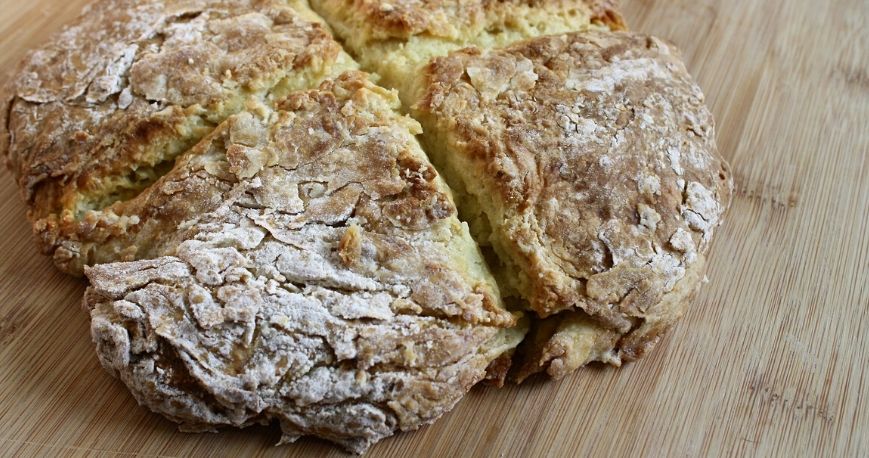More Side Dishes Recipes
Basic Risotto (modular)
Ingredients
For 4 servings: • 5 cups of arborio or Carnaroli rice, absolutely NOT parboiled • 1.5 liters of vegetable or meat stock • 1/2 a small onion • 60 grams of unsalted butter • 2 tablespoons of freshly grated Parmigiano Reggiano • 1/2 cup of dry white wineInstructions
This is the basic risotto recipe. It's modular in that it can easily be adjusted to various specific recipes. Adding one flavorful but rather tough vegetable along with the onion, or using a vegetable stock made with a more delicate vegetable and adding the vegetable pieces at the alst stages, or substituting the Parmigiano Reggiano with another (melty!) cheese, or in a billion other ways. In other words, essentially risotto is not a recipe, it's a technique. And its mainly the technique that I want to explain here.
1. Cut the half onion sideways as thinly as yo can, place half the butter in a skillet and tun on the fire on the lowest setting, add the onion and toss it for a minute, until is strts to wither.
2. Add the rice and, stirring delicately, toast it until it becomes tramnslucent and starts making a thn sound, almost a whistle. This is defined as the "singing" rice. This part is essential because the toasting is infact a light parboiling of the rice, which allows it to cook more uniformously.
3. Add the wine, stir once so that the wine reaches the bottom of the pan and let the rice rest for a couple of minutes, until the wine starts to smell differently, sweeter. Don't start adding other liquids until the wine has changed smell, or the risotto will turn out sour.
4. Now add enough stock to completley cover the rice (you will have leftover stock!), stir just once or, better, shake the skillet so that the liquid reaches the bottom of the pan. Do not stir the rice in this phase of the preparation. Stirring ruins the very ligh parboiling obtained with the toasting, making the rice cook much faster outisde than inside, and causes the rice to leak the starch that results in the rice sticking to the pan. Adding the stock in bulk in one or two additions, not allowing it to dry out, and not stirring will leave the rice grains intact, perfectly cooked inside and outside, and tastier. And you will have time to fix the table or a salad while you don't have to stir the rice.
5. When the rice is extremely "al dente" and "all'onda" you are ready for the last phase of the preparation. "All'onda" means wavy (see pic): on shaking the skillet the rice must move fluidly from side to side, creating waves, but no liquid should be visible. This is the mment to add the rest of the butter and the cheese and stir vigorously for a couple of minutes off the direct heat. This will finally release the starch (this is the moment when you need to release the starch) that, combining with the wetness and the fats in butter and rice will make the risotto creamy while the grains are still al dente and in a good shape.
6. Serve immediately.More Side Dishes Recipes


